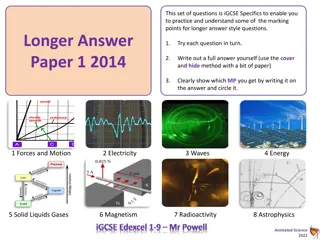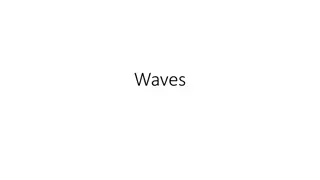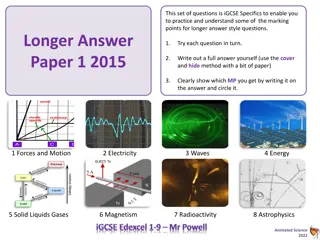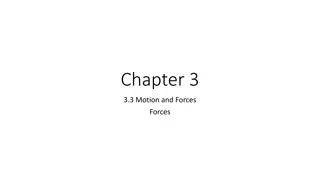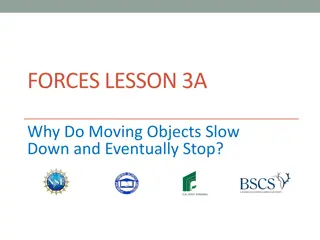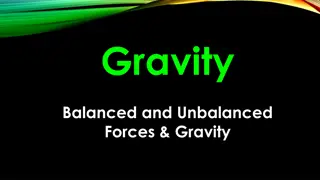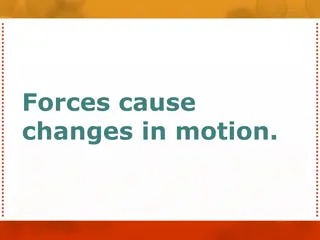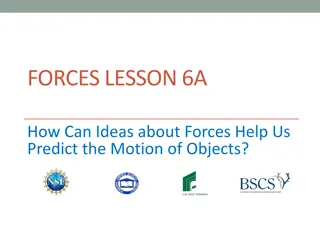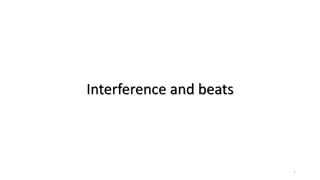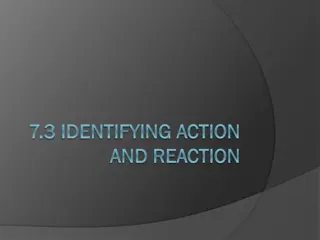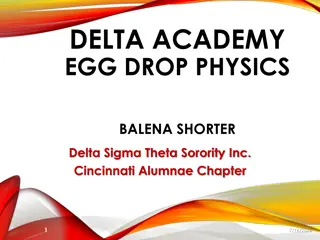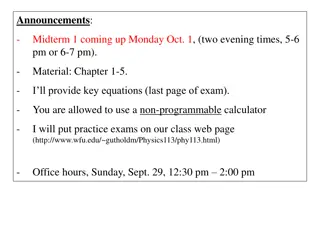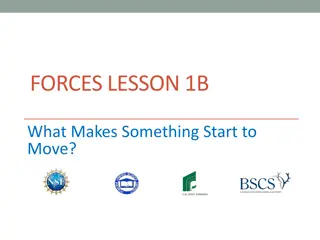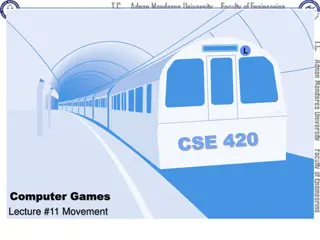IGCSE Physics Practice Questions - Forces and Motion, Electricity, Waves, and More
Practice and understand marking points for longer answer questions in IGCSE Physics. Answer questions on topics like controlled nuclear fission, refraction, Hooke's Law, and electric motors to improve your knowledge and skills. Enhance your preparation with detailed explanations and marking points provided for each question.
Download Presentation

Please find below an Image/Link to download the presentation.
The content on the website is provided AS IS for your information and personal use only. It may not be sold, licensed, or shared on other websites without obtaining consent from the author. Download presentation by click this link. If you encounter any issues during the download, it is possible that the publisher has removed the file from their server.
E N D
Presentation Transcript
This set of questions is iGCSE Specifics to enable you to practice and understand some of the marking points for longer answer style questions. Longer Answer Paper 1 2016 1. Try each question in turn. 2. Write out a full answer yourself (use the cover and hide method with a bit of paper) 3. Clearly show which MP you get by writing it on the answer and circle it. 1 Forces and Motion 2 Electricity 3 Waves 4 Energy 5 Solid Liquids Gases 6 Magnetism 7 Radioactivity 8 Astrophysics Animated Science 2022
Index of Questions Notes / Comment / Improvement Points / Paper Marks June P1 2016 2d Fission /3 June P1 2016 Refraction Q7b /3 June P1 2016 Q8B Hookes Law /5 June P1 2016 Q9 Motors /4 June P1 2016 Q11 Work Done /4 June P1 2016 Q12 Insulation /5 Total /24 Animated Science 2022
June P1 2016 2d Fission /3 Answers (d) Explain, in terms of neutrons, what is meant by controlled nuclear fission. (3) MP1: slows neutrons/reduces KE of neutrons; makes the neutrons thermal and any one from MP2 (which)allows fission to continue; MP3 (which) causes (induced) fission; MP4 (so) neutrons can be absorbed by uranium; ignore neutrons collide with uranium Successful collisions Animated Science 2022
June P1 2016 Refraction Q7b 3 marks Answers MP1 only two internal reflections attempted; horizontal line by eye (b) Jewellers cut jewels so that total internal reflection is more likely. Light enters a jewel along the normal AB and leaves along the normal CD as shown. Between B and C there are two total internal reflections. MP2 horizontal line from first TIR to second TIR; MP3 ray does not deviate on exit; ignore arrows Complete the path of the light through the jewel. Animated Science 2022
June P1 2016 Q8B Hookes Law /5 Answers Up to five marks, no more than 3 from each section A student investigates whether a spring obeys Hooke s law. She uses the apparatus shown in the photograph. Recording data Any three of MP1 measure original length MP2 add a (known)weight/force/load/mass MP3 measure the new length /extension MP4 Repeat for range of values of load MP5 Some extra Experimental detail; (b) Explain how the student can investigate whether the spring obeys Hooke s law. (5) Handling data / conclusions Any three of - MP6. Calculate extension; MP7. Plot graph of extension/length against force/weight/load; MP8. Graph should be a straight line; MP9. Extension graph should pass through origin; MP10. Force proportional to extension; Animated Science 2022
June P1 2016 Q9 Motors /4 Answers The diagram shows an electric motor. i) Current that passes in one direction only; (a) This electric motor needs a direct current (d.c). ii) Any three of .. MP1 provides a connection / current to the coil/commutator (i) Explain what is meant by the term direct current. (1) MP2 idea of reverses the current in the coil / swaps the contacts keeps current flow clockwise (ii) Explain the purpose of the brushes and the commutator in a d.c. motor. (3) MP3 Every half turn MP4 Reverses (coil) field /polarity(every half turn) MP5 So that the force is always in the same direction OR moment is same direction MP6 So that the motor keeps turning(the same way) Animated Science 2022
June P1 2016 Q11 /4 Work Done Answers max of 3 from each list to total of 4 When entering station; MP1. KE GPE; MP2. Less work done/energy by the brakes (to stop the train); MP3. Less (braking) force needed (to stop) ; (b) The diagram shows a section through the station of an underground train. (ii) The tunnel is designed so that the trains go up a slope as they enter the station and go down a slope as they leave. MP4. train stops more quickly OR brakes are needed for less time/ less heat generated/ last longer (to stop); When leaving station; MP5. GPE KE; MP6. Less work done by the motor (to accelerate); MP7. Less force/ power/ current needed (to accelerate) The driver uses brakes to stop the train in the station and a motor to make the train move away. Explain how the sloping parts of the tunnel affect the amount of work that needs to be done on the train by the brakes and by the motor. (4) Animated Science 2022
June P1 2016 Q12 Insulation /5 Answers Any two of i) MP1 (hollow) hair / fibres contains an insulator OR acts as one. MP2 air is an insulator/poor conductor(of thermal energy) MP3 air is kept / trapped near the body(by fur) MP4 convection currents cannot form between hairs OR only very small ones MP5 white fur is a poor emitter of thermal energy / IR (b) A polar bear s fur includes short hairs and longer hairs. These longer hairs are hollow and contain air. (i) Explain how its fur reduces the amount of thermal energy lost by the polar bear. (2) ii) Any three of - MP1. Black (skin) is a good emitter/radiator of thermal energy; (ii) Underneath its white fur, a polar bear has black skin. Discuss how these colours affect the overall amount of thermal energy lost by the polar bear s body. (3) MP2. White (fur) is a good reflector of thermal energy; MP3. Black (skin) is a good absorber of thermal energy; MP4. the reflected thermal energy is absorbed by the black (skin); Animated Science 2022



